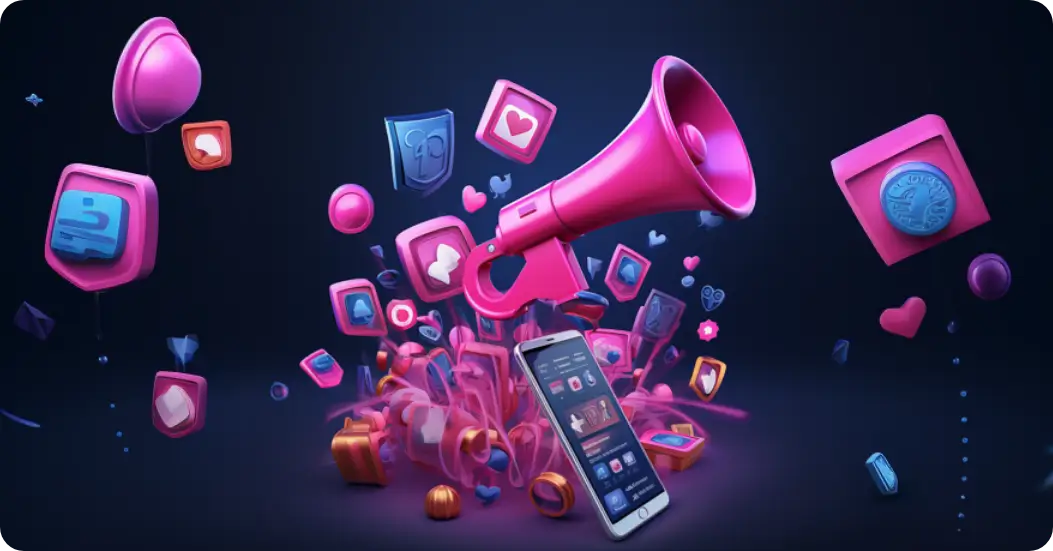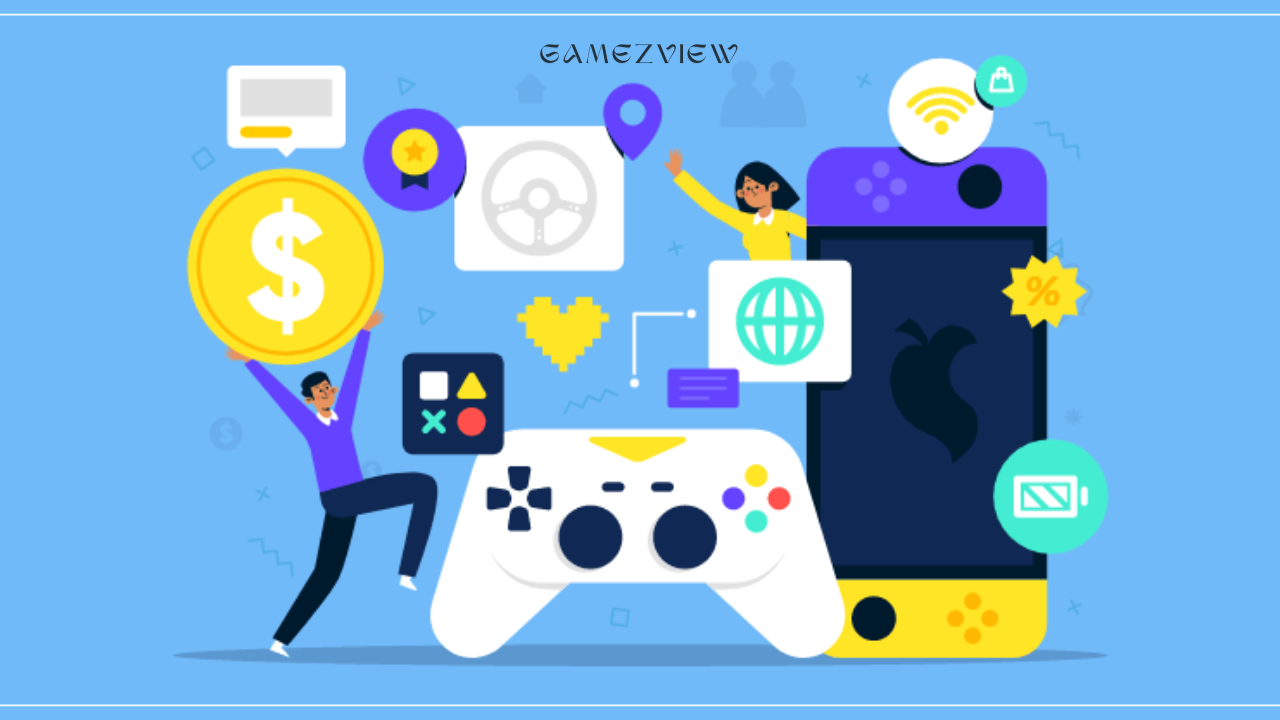The mobile gaming industry has seen an exponential rise in recent years, making it one of the most lucrative sectors in the app marketplace. However, with millions of apps available on platforms like Google Play and the Apple App Store, standing out can be incredibly challenging. Effective marketing and promotion are crucial to the success of your mobile game, helping you reach the right audience, drive downloads, and build a loyal player base. In this comprehensive guide, we will explore strategies and best practices for marketing and promoting your mobile game.
Understanding Your Audience
1. Identify Your Target Audience
Before you begin marketing your mobile game, it’s crucial to understand who your target audience is. This involves identifying demographics such as age, gender, location, interests, and gaming preferences. Conduct thorough market research to understand what type of games your potential players are interested in and what motivates them to download and play a game.
2. Create Player Personas
Creating player personas is an effective way to visualize your target audience. A persona is a semi-fictional character that represents a segment of your audience. Include details such as their age, gender, occupation, hobbies, and pain points. Understanding your personas will help you tailor your marketing efforts to meet their needs and preferences.
3. Analyze Competitor Games
Analyzing your competitors can provide valuable insights into what works and what doesn’t in mobile game marketing. Look at their games’ ratings, reviews, download numbers, and marketing strategies. Identify gaps in the market that your game can fill and find ways to differentiate your game from the competition.

Building a Strong Brand
4. Develop a Unique Game Identity
Your game’s identity is what makes it stand out in a crowded marketplace. This includes your game’s name, logo, visual style, and overall theme. A unique and memorable game identity can significantly impact how potential players perceive your game.
5. Design an Engaging App Icon
The app icon is one of the first things potential players will see when browsing the app store. A well-designed, eye-catching icon can increase the likelihood of your game being downloaded. Ensure that your app icon is visually appealing, represents your game’s theme, and stands out among other apps.
6. Create a Compelling Game Description
Your game description should convey what your game is about and why players should download it. Highlight the key features, unique selling points, and any awards or recognitions your game has received. Use bullet points for easy readability and include relevant keywords to improve searchability.
The Importance of Updates and Improvements in Keeping Players Interested: A Comprehensive Analysis
Pre-Launch Marketing Strategies
7. Build a Website or Landing Page
A dedicated website or landing page is essential for promoting your mobile game before its launch. This page should include information about your game, screenshots, gameplay videos, and a sign-up form for a newsletter. Use this page to build hype around your game and collect email addresses for future marketing efforts.
8. Leverage Social Media Platforms
Social media is a powerful tool for building a community around your game. Create profiles on platforms like Facebook, Twitter, Instagram, and TikTok, where you can share updates, sneak peeks, and engage with potential players. Use relevant hashtags and collaborate with influencers to increase your game’s visibility.
9. Create a Teaser Video
A teaser video is an excellent way to generate excitement and anticipation for your game. Keep it short, engaging, and visually appealing. Showcase the best features of your game, such as the storyline, characters, and gameplay mechanics. Share the teaser on social media, your website, and video platforms like YouTube.
10. Engage with Gaming Communities
Participating in gaming communities and forums is an effective way to generate interest in your game. Platforms like Reddit, Discord, and gaming subreddits allow you to connect with passionate gamers who may be interested in your game. Share updates, respond to questions, and gather feedback to improve your game before launch.
11. Influencer Marketing
Partnering with influencers who have a strong following in the gaming community can help you reach a larger audience. Identify influencers who align with your game’s genre and audience, and collaborate with them to promote your game. Influencers can create gameplay videos, reviews, and social media posts to showcase your game to their followers.
12. Launch a Pre-Registration Campaign
Pre-registration campaigns are a great way to build anticipation and secure downloads before your game is even released. Offer incentives such as exclusive in-game items or rewards for players who pre-register. Promote your pre-registration campaign on social media, your website, and through email marketing.

App Store Optimization (ASO)
13. Optimize Your App Store Listing
App Store Optimization (ASO) is the process of improving your app’s visibility in the app store. This includes optimizing your app’s title, description, keywords, and screenshots to increase its chances of being discovered by potential players.
- Title: Choose a title that is descriptive, memorable, and includes relevant keywords.
- Description: Write a concise and compelling description that highlights your game’s unique features and benefits.
- Keywords: Research and include relevant keywords that players might use to search for games similar to yours.
- Screenshots: Use high-quality screenshots that showcase your game’s best features and gameplay.
14. Encourage User Reviews and Ratings
Positive reviews and high ratings can significantly impact your app’s visibility and credibility in the app store. Encourage players to leave reviews by offering in-game rewards or simply asking for feedback. Respond to reviews, especially negative ones, to show that you value player feedback and are committed to improving the game.
15. Update Your App Regularly
Regular updates not only improve your game’s performance but also keep players engaged. Use updates to introduce new features, fix bugs, and enhance gameplay. Announce updates on social media and through push notifications to keep your players informed and excited.
Launch Marketing Strategies
16. Plan a Soft Launch
A soft launch involves releasing your game in a limited region or to a select group of players before a full-scale launch. This allows you to test the game’s performance, gather feedback, and make any necessary adjustments. Use the data collected during the soft launch to optimize your game for the global release.
17. Create a Press Kit
A press kit is a collection of materials that journalists and bloggers can use to write about your game. It should include a press release, high-quality images, gameplay videos, and a brief description of your game. Send your press kit to gaming websites, blogs, and media outlets to generate coverage and interest in your game.
18. Leverage Paid Advertising
Paid advertising can help you reach a larger audience and drive downloads. Platforms like Facebook Ads, Google Ads, and Apple Search Ads allow you to target specific demographics, interests, and behaviours. Experiment with different ad formats, such as video ads, banner ads, and playable ads, to see what works best for your game.
19. Host a Launch Event
A launch event can generate buzz and excitement around your game’s release. This can be a virtual event where you showcase your game, host lives gameplay sessions, and interact with players in real time. Promote the event on social media and invite influencers, gaming journalists, and community members to participate.
20. Offer Limited-Time Promotions
Limited-time promotions, such as discounts, in-game currency, or exclusive items, can encourage players to download your game during the launch period. Promote these offers on social media, your website, and through push notifications to create a sense of urgency.

Post-Launch Marketing Strategies
21. Analyze Player Data
After your game is launched, it’s important to analyze player data to understand how players are interacting with your game. Use analytics tools to track metrics such as download numbers, user retention, in-app purchases, and player behaviour. This data will help you identify areas for improvement and optimize your game for better performance.
22. Engage with Your Community
Building and maintaining a strong community around your game is key to its long-term success. Engage with your players on social media, forums, and within the game itself. Respond to their feedback, run contests, and create content that encourages community participation.
23. Implement In-Game Events
In-game events are a great way to keep players engaged and coming back to your game. These events can include limited-time challenges, seasonal updates, and special rewards. Announce in-game events through push notifications, social media, and email marketing to encourage participation.
24. Explore Cross-Promotion Opportunities
Cross-promotion involves promoting your game within other apps or games. Partner with other developers to exchange promotion slots or run joint marketing campaigns. Cross-promotion can help you reach new audiences and drive downloads without significant additional costs.
Utilizing Gamification Techniques to Increase User Engagement
25. Monetize Your Game Effectively
Monetization is a crucial aspect of mobile game marketing. Depending on your game’s model, you can monetize through in-app purchases, ads, or a premium version. Ensure that your monetization strategy aligns with your players’ preferences and doesn’t negatively impact the gameplay experience.
- In-App Purchases: Offer in-game currency, items, or features that enhance the player’s experience. Ensure that these purchases are optional and don’t create a pay-to-win scenario.
- Ads: If you choose to include ads in your game, ensure they are non-intrusive and don’t disrupt the gameplay. Consider offering an ad-free version for a one-time payment.
- Premium Version: Offer a paid version of your game with additional features or content. Promote the benefits of the premium version to encourage players to upgrade.




